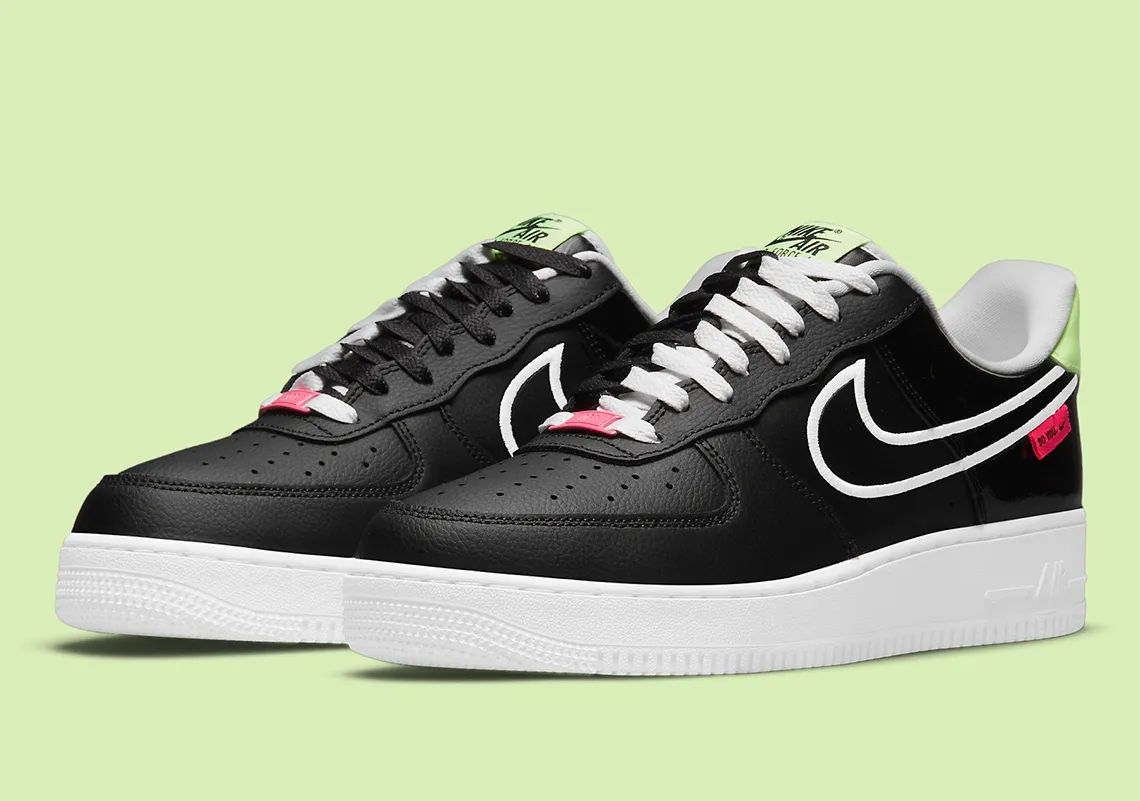May 18, 2021
On April 30, Nike released their Go FlyEase shoes, which were priced at $120. Nike only released the shoes for a limited time and refused to disclose how many pairs would be available in their first drop. The shoes quickly sold out and are no longer available for purchase on the Nike website. But reselling websites have them in stock — priced at over $300 in some cases. A TikTok went viral for explaining the implications of this for people with disabilities. The marketing dissonance between this shoe being meant for people with disabilities while still being available to the general public caused problems. Nike must fix these issues in the time leading up to their next Go FlyEase shoe drop.
The Go FlyEase shoes don’t require the use of hands to put on the shoe. The shoe uses a tensioner band and bi-stable hinge to hold it in position. The wearer must then “step down on the ‘diving board’ to click into lock position.” To take them off, they must step “on the ‘kickstand’ on the heel.” Nike’s video demonstrating how these features work make the Go FlyEase shoe seem great for people with disabilities, especially for those with limited hand and foot mobility. They also allow people with disabilities to put their shoes on without the assistance of a caregiver.
Some people with disabilities have felt othered due to their special medical shoes so this shoe will help alleviate that sentiment. Shelby Hintze, a KSL producer and fashion columnist for Hive Mind, spoke about this issue in an interview. She has used a wheelchair for her entire life and said, “a lot of times, things that are designed for disabled people are ugly and medical grade.” She also said, “it’s hard when you have to buy something that is different or that somebody else wouldn’t wear, purely because its accessible.” But in the case of the Go FlyEase shoes, Nike created something “that is really cool and designed to be accessible.”
Nonetheless, Nike made a shoe that’s designed to be accessible. But as Hintze said, it’s “out of reach for disabled people.” Others want to buy the shoe because it’s cool and there’s nothing stopping them from doing so, which creates dissonance between target consumers. People with disabilities never got first access to the shoe, even though they needed them most. Now, these same people must buy it at outrageous prices from resellers, perpetuating harmful rhetoric of commodifying accessible items.
Hintze said that people often describe her wheelchair-accessible van as “cool,” even though it’s just her car. People who have never seen it before find it different but “it should just be part of everyday life,” said Hintze. Accessibility conflicts with sneaker culture further complicate this issue. Hintze said sneaker culture is “all about the cool new thing and limited edition … but let’s make these as widely available as possible.”
Clearly, Nike needs to avoid this situation in the future by prioritizing people with disabilities in their next drop. For starters, they could change the shoe from being limited stock to a continuous stock or even set aside a given quantity for people with disabilities. But as Hintze said, the company should not make it more difficult by requiring a prescription or a qualification of that nature. Nike contributed to disability erasure by designing an intentionally accessible shoe, yet not doing anything to give it to those who would benefit from its accessibility features. This ableist attitude is worsened by Nike’s failure to mention that the design was brainstormed by a teenager with cerebral palsy.
Although Nike made a big mistake, they also made strides toward normalizing accessible fashion. The popularity of this shoe could encourage Adidas, Puma and other shoe brands to act similarly. The Go FlyEase is a step towards treating people with disabilities as fashion customers. There’s nothing wrong with accepting that the intentional accessibility features of the shoe are for disabled people. Disability needs to be acknowledged in order for substantial social change to be made. In order to have an accessible future, we need to stop erasing disability. Let’s normalize the Nike Go FlyEase shoes — and accessible fashion in general.
The Link Lonk
May 19, 2021 at 09:06AM
https://ift.tt/3u6974s
Kincart: Nike Must Step Towards Accessible Fashion Marketing - Daily Utah Chronicle
https://ift.tt/3g93dIW
Nike

No comments:
Post a Comment